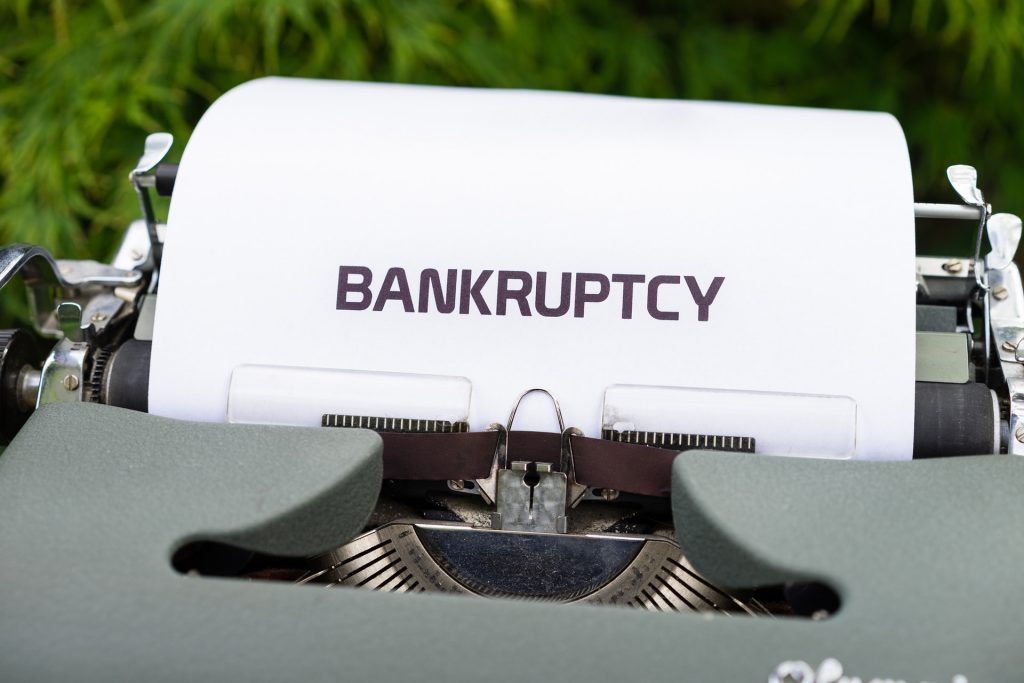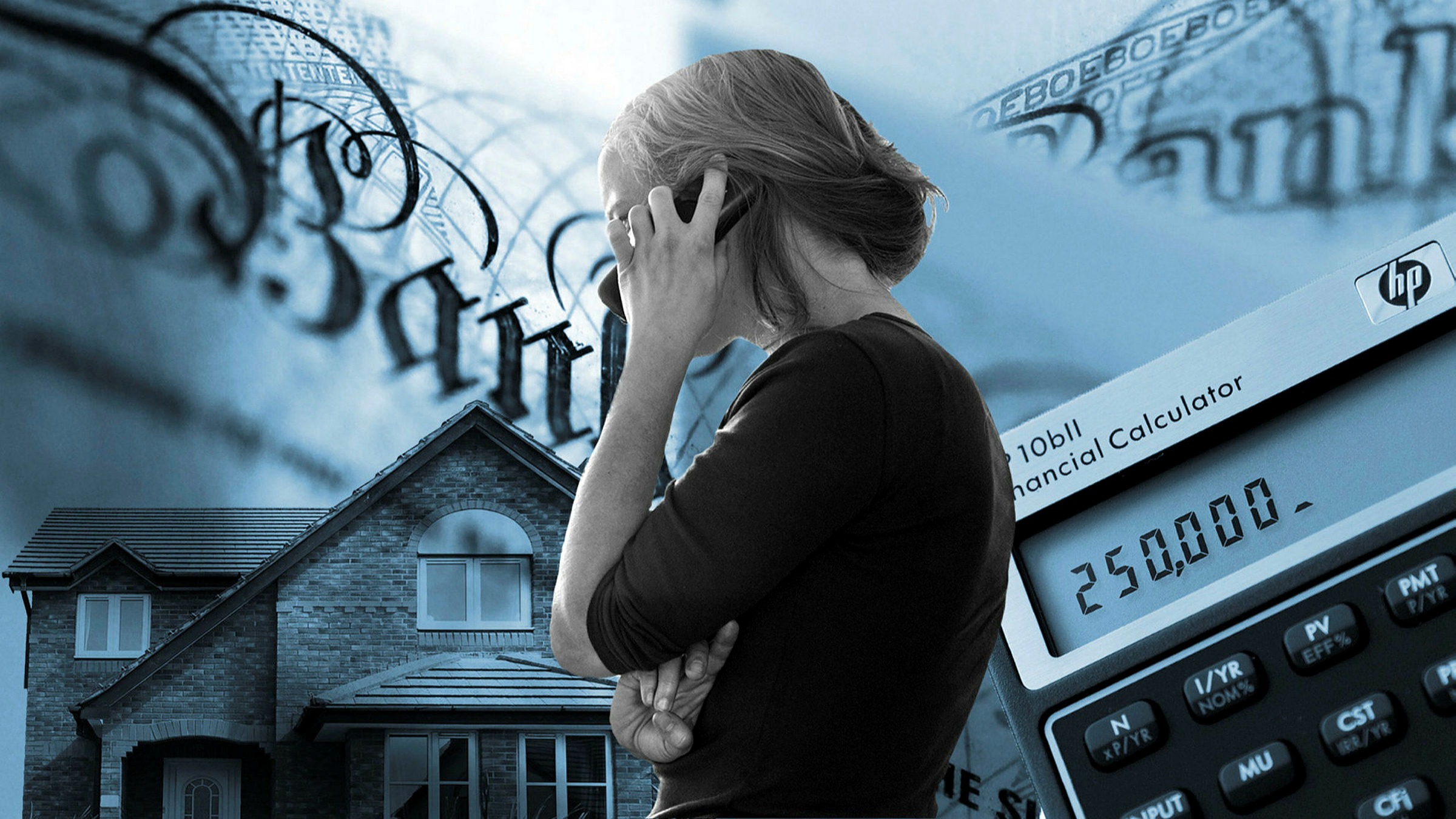Image Source: Financial Times
According to research conducted at Harvard University in early 2021, the number of small businesses in the United States was reduced by nearly 30% during the pandemic.
That’s a staggering statistic, especially considering how many new businesses were started by home-based workers. When times are tough, it’s always the little guys that suffer the most.
Bankruptcy is a last option for individuals. They’ll spend hours with a debt avalanche calculator and make serious sacrifices to avoid it.
Businesses can use bankruptcy to restructure, so it’s more common. Before you start prepping to sell your business or to declare bankruptcy, take a look at the key points in this article.

That doesn’t mean it’s what you want to do. Avoiding bankruptcy is always better for your business. Here are a few ways you can avoid it:
1. Find Ways to Cut Costs
Small business owners consider bankruptcy when they can no longer meet their monthly obligations. Some of those can’t be modified. They’re fixed costs, like lease and rent payments.
Other costs can be trimmed down or eliminated. As the first step in your bankruptcy prevention plan, evaluate your current costs and look for areas where you can cut back.
2. Renegotiate Vendor Contracts
Vendors are going through this with other clients. Reach out to those who serve your business and ask to renegotiate existing contracts.
Service rates and product prices may be inflexible, but items like payment terms, minimum order quantities, and delivery fees might be open for negotiation.
You could also drop certain contracts if they’re non-essential to the business.
3. Sell Old and Unused Equipment
Old machines and office equipment that’s no longer being used might seem worthless to you, but it could be valuable to someone else.
Selling it will put at least some money back into your bank account and could clear out space that can be repurposed for more productive tasks. A general cleanout and eliminating clutter might improve efficiency.
4. Downsize Your Operation
Some small business owners take the previous suggestion of selling unused equipment and then realize their facility is too big for their operation. Downsizing is a cost-saving move that has saved countless companies.
Don’t let pride and ego get in the way. Taking a step back during an adverse economic climate is smart business, not an admission of defeat.
5. Avoid Taking on New Debt
Filing bankruptcy protects your business from debt collection. If there is no debt, this step will never be necessary. Eliminate what you can, but also focus on not taking on any new debt.
Simply adopting that mentality will improve your business finances. It’s not easy, and it’s certainly not always possible, but operating without debt is extremely rewarding.
6. Covid-19 Economic Injury Disaster Loans
The U.S. government is no longer issuing PPP loans, but there are alternatives for small businesses that sustained economic damage during the pandemic.
One of these is the “Economic Injury Disaster Loan” program from the SBA. These loans are available until December 31st, 2021, or until funds run out, with a limit of up to $2 million.
The Bottom Line: Bankruptcy Isn’t Your Only Option
Bankruptcy can be a good step if you’re deeply buried in debt, but it’s not your only option. Find ways to cut costs, renegotiate your vendor contracts, sell unused equipment, downsize if you can, and don’t take on any new debt.
Try to take all these steps and then be patient. Your business can recover. This is the time to dig in, tighten your belt, and fight to fulfill your dream.
